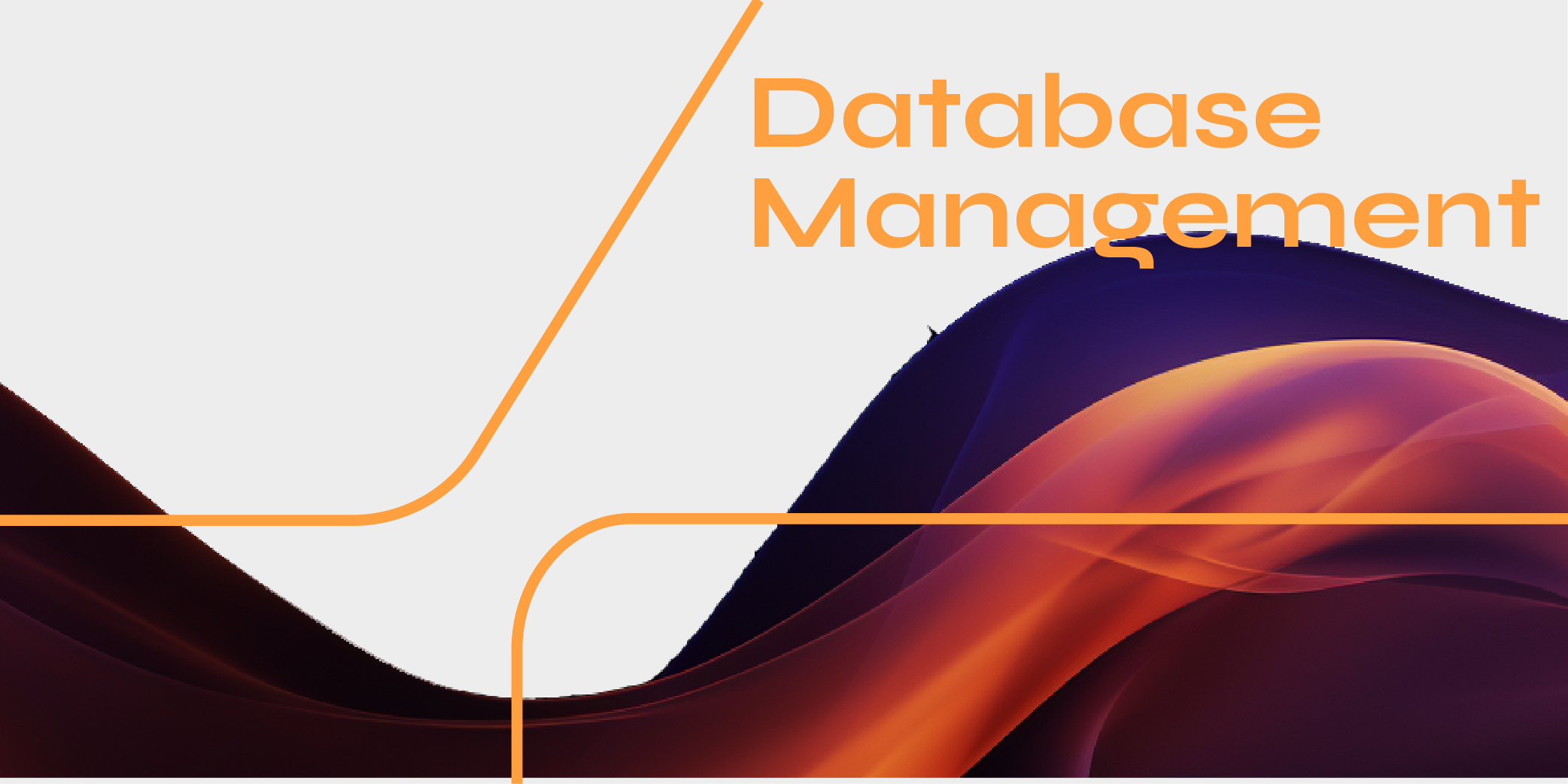Unlock the Power of Data: The Key to Consistency and Accuracy
In the information age, databases' integrity is crucial for any business. This blog explores the essential practices that ensure the reliability and accuracy of data, focusing on naming conventions, restricted input fields, and fixing data at its source.
Best Practice
When organising data entry and designing a database, it is important to follow some key rules. Firstly, it is advisable to define a variable using look-up or pull-down alternatives whenever possible. This is because free text can be difficult to categorize in the ETL and charting, and can result in errors and misclassifications.
Secondly, it is crucial to provide detailed instructions, protocols, and documentation to those responsible for inputting data, whether they are internal or external. Alternatively, the process should be made error-proof. As we all know, free text is notoriously hard to manage.
It's important to use a proper naming convention when using free text so that all the necessary information can be easily extracted using ETL tools. One way to do this is to use delimiters, such as commas or semi-colons, to help split out or search for keywords. By doing this, you can ensure that all the relevant information is captured in a way that can be easily processed and analyzed.
Many organisations need help with maintaining data consistency, managing unstructured data, and dealing with inaccuracies that lead to unreliable decision-making. These challenges stem from poor data entry practices, inconsistent naming conventions, and inadequate data validation methods.
Streamlining Data Management: A Strategy for Precision and Efficiency
Firehawk Analytics' Methodology
At Firehawk Analytics, we address these challenges by implementing stringent naming conventions, employing restricted input fields, and emphasising data correction at its initial entry point. Our methodology prioritises data accuracy from the outset, ensuring streamlined processing and analysis.
Implementation and Execution of the Solution
To implement these solutions effectively, we leverage cutting-edge tools and technologies. This involves integrating data validation tools into database systems, utilising software that supports standardised data entry, and training teams on the importance of data accuracy.
Transforming Data Quality: Tangible Benefits, Measurable Outcomes
Benefits and Positive Changes Brought About by the Solution
Our approach leads to increased data accuracy and reliability, facilitating efficient data analysis and informed decision-making. It reduces the need for complex data cleansing, enhances operational efficiency, and ensures compliance with data standards.
